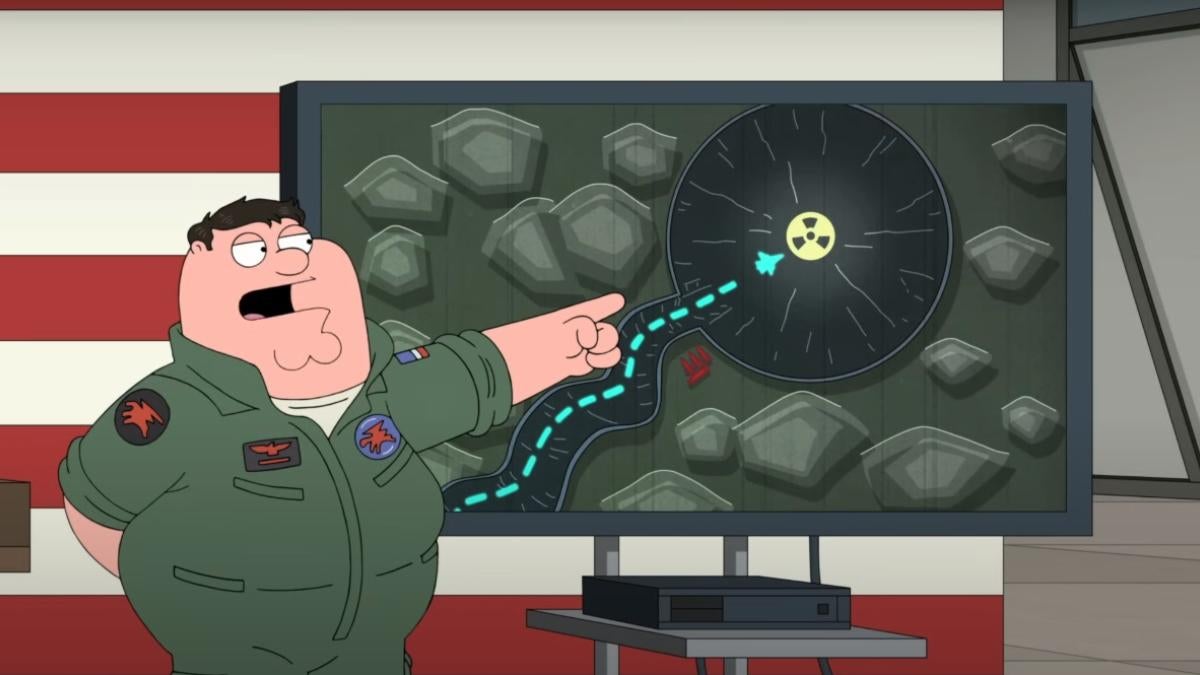Star Trek's Tricorder Is One Step Closer to Becoming Real
Science fiction has often been the inspiration for technological innovation from space travel [...]
Science fiction has often been the inspiration for technological innovation from space travel itself to submarines. But there's probably no other single TV show that has inspired science as much as Star Trek.
Martin Cooper, the developer at Motorola that invented the cell phone, credits Star Trek. "That was not fantasy to us," Cooper said, "that was an objective."
Apple developer Steve Perlman came up with the idea for Quicktime by watching an episode of Star Trek: The Next Generation.
Now we have a story from Voice of America of scientists at Perdue University who were inspired by Dr. Leonard McCoy's medical tricorder. Purdue University Biomedical Engineering professor Ji-Xin Cheng has devoted his life's work to technology that will be able to provide that internal view. He and his team have developed several medical tools that help diagnose patients using sound and light. "Eventually we want to make a device like the tricorder in Star Trek," he explained, "so our dream is to make a movie into a real practice."
Beyond the benefits of having one device for many problems -- there's also the added benefit of being able to do medical checks that could previously only be done in hospitals as they previously would need to use invasive or toxic procedures.
Co-researcher Vhang says, "For example we could use this to image biological samples from patients. We can see if the patient has cancer, which usually accumulates a lot of lipids." The label-free imaging devices have shown promise in identifying kidney, liver, and breast cancer.
As with a lot of sci-fi related tech goes the final usable product is a long way off, but the advancements are promising.




